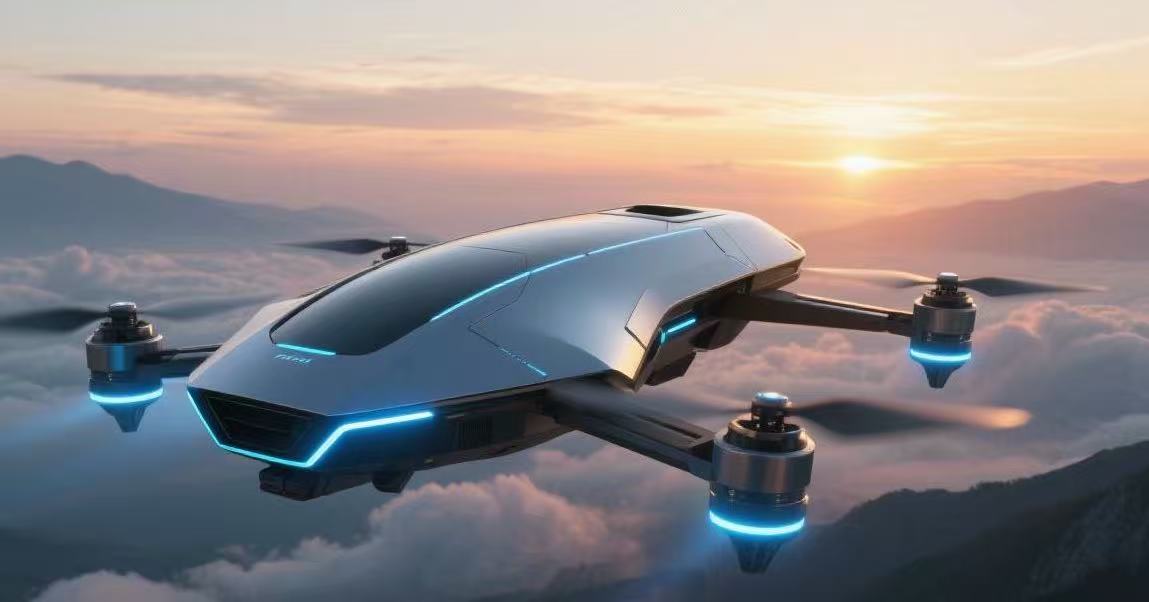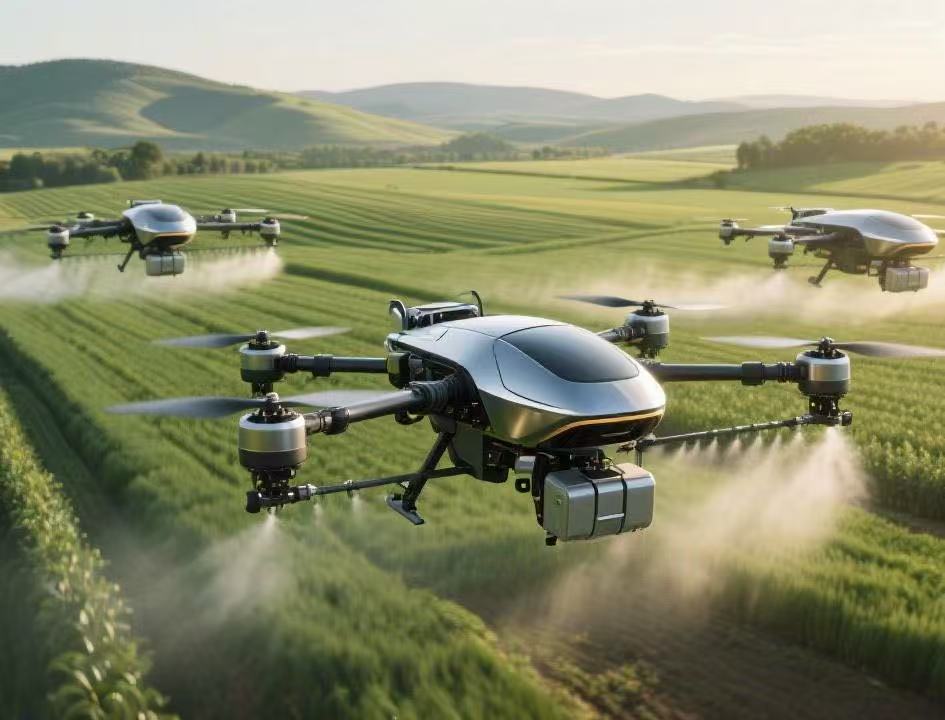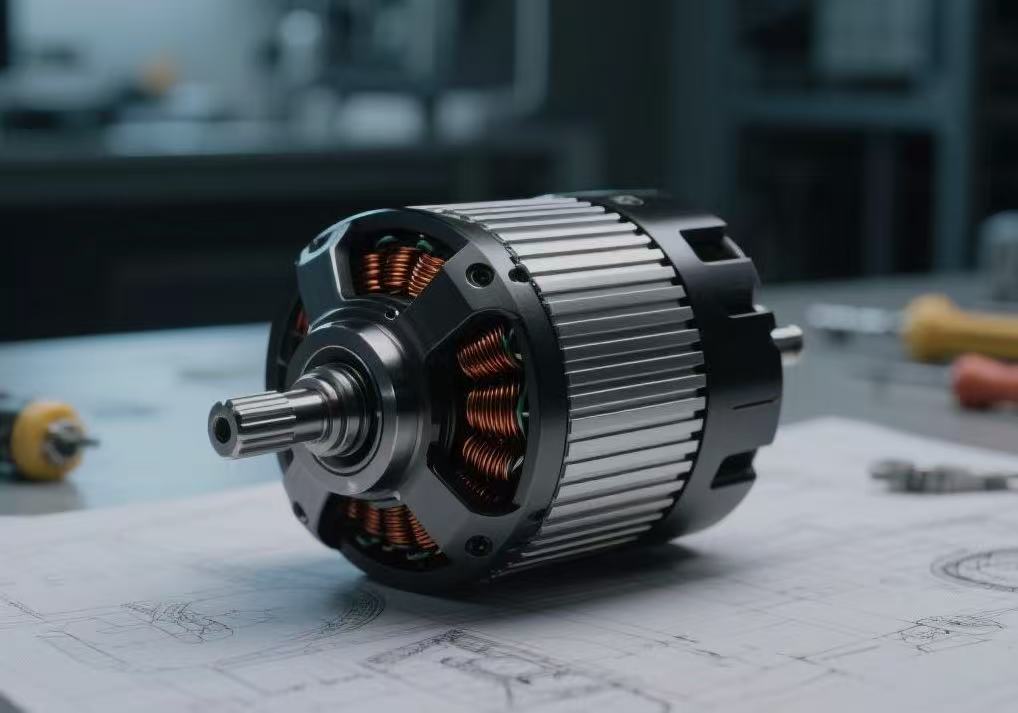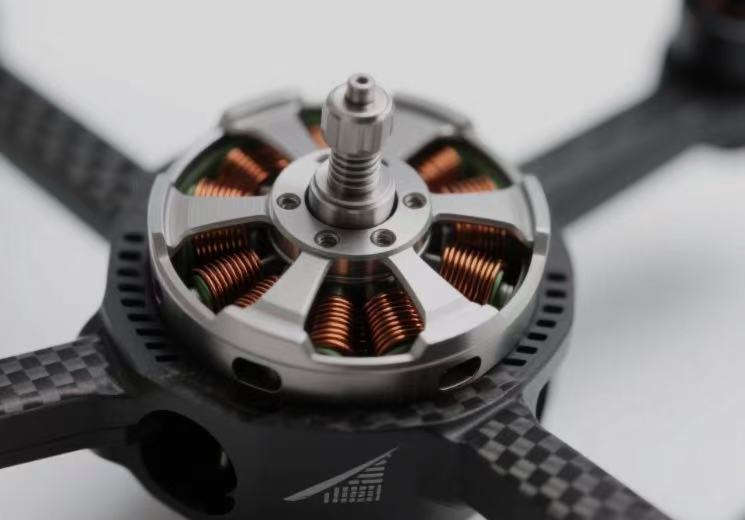September 23, 2025
The types of motors used in drones mainly depend on their size, purpose, and performance requirements. Generally speaking, the vast majority of consumer and industrial drones use brushless motors, while some micro or toy drones may adopt brushed motors or special hollow cup motors. When choosing a motor, the following points need to be comprehensively considered:
1. Types and uses of drones: Clearly define whether your drone is for aerial photography, racing, agricultural spraying or heavy-lift transportation.

2. Total weight and load: Estimate the total take-off weight of the drone, including the frame, battery, camera and all other equipment. This determines the total thrust you need.
3. Propeller matching: Motors and propellers need to be optimally matched. Large propellers go with low KV motors, and small propellers go with high KV motors, following the principle of "big with low, small with high". It's best to refer to the "motor-propeller thrust table" provided by the motor manufacturer for selection.
4. Battery voltage: The KV value of the motor needs to be matched with the battery voltage (such as 3S, 4S, 6S, etc.) to ensure the motor operates within an appropriate power range.

How to understand motor parameters:
1. KV value: The KV value represents the increase in rotational speed (RPM/V) that a motor can achieve for each additional volt of voltage in an unloaded state. A higher KV value means a faster motor speed but relatively smaller torque. Motors with high KV values are typically paired with small propellers for racing drones; while low KV value motors focus more on torque output and can drive larger propellers, making them suitable for agricultural and logistics drones that require greater load capacity and stability.
2. Stator size: Usually expressed as diameter*height (e.g., 100*33mm). Under the same KV value, a larger stator size generally indicates greater power and torque potential for the motor.

3. Rated power: The power at which a motor can operate continuously, directly affecting the load capacity and continuous flight performance of a drone. The power of motors for industrial drones is significantly higher than that for consumer drones.
4. Matching and efficiency: The motor, electronic speed controller (ESC), propeller, and battery need to be properly matched to achieve optimal performance. An unmatched configuration may lead to low efficiency, overheating, or even damage.

The motors of consumer-grade drones focus on high integration, low noise and efficiency; the motors of industrial-grade drones, on the other hand, aim for high torque, high reliability and strong load capacity, with significantly increased power; while the motors in the DIY market (such as Hobbywing and T-Motor) offer enthusiasts a wide range of performance options and customization space.